
HSF - Hand Safety First - Hand Safety Tool -
When you think of Hand Safety - Think of Hand Safety First
Introduction
Manual handling injuries are one of the leading causes of workplace accidents across industries like oil & gas, utilities, and construction. The good news? Tools like the push/pull tool can significantly reduce hand and musculoskeletal injuries.
In this blog, we’ll explore everything you need to know about push/pull tool manual handling—what it is, how it works, safety benefits, and best practices. Whether you're a safety officer or site supervisor, this guide is your blueprint to safer handling.
What Is the Push/Pull Tool?
A push/pull tool is a hands-free device used to move, position, or align suspended or stationary loads safely. These tools keep workers' hands out of the line of fire, reducing direct contact with hazardous objects.
Why It Matters:
1. Keeps hands clear of pinch and crush zones
2. Increases control and leverage when handling objects
3. Minimizes ergonomic strain and injuries
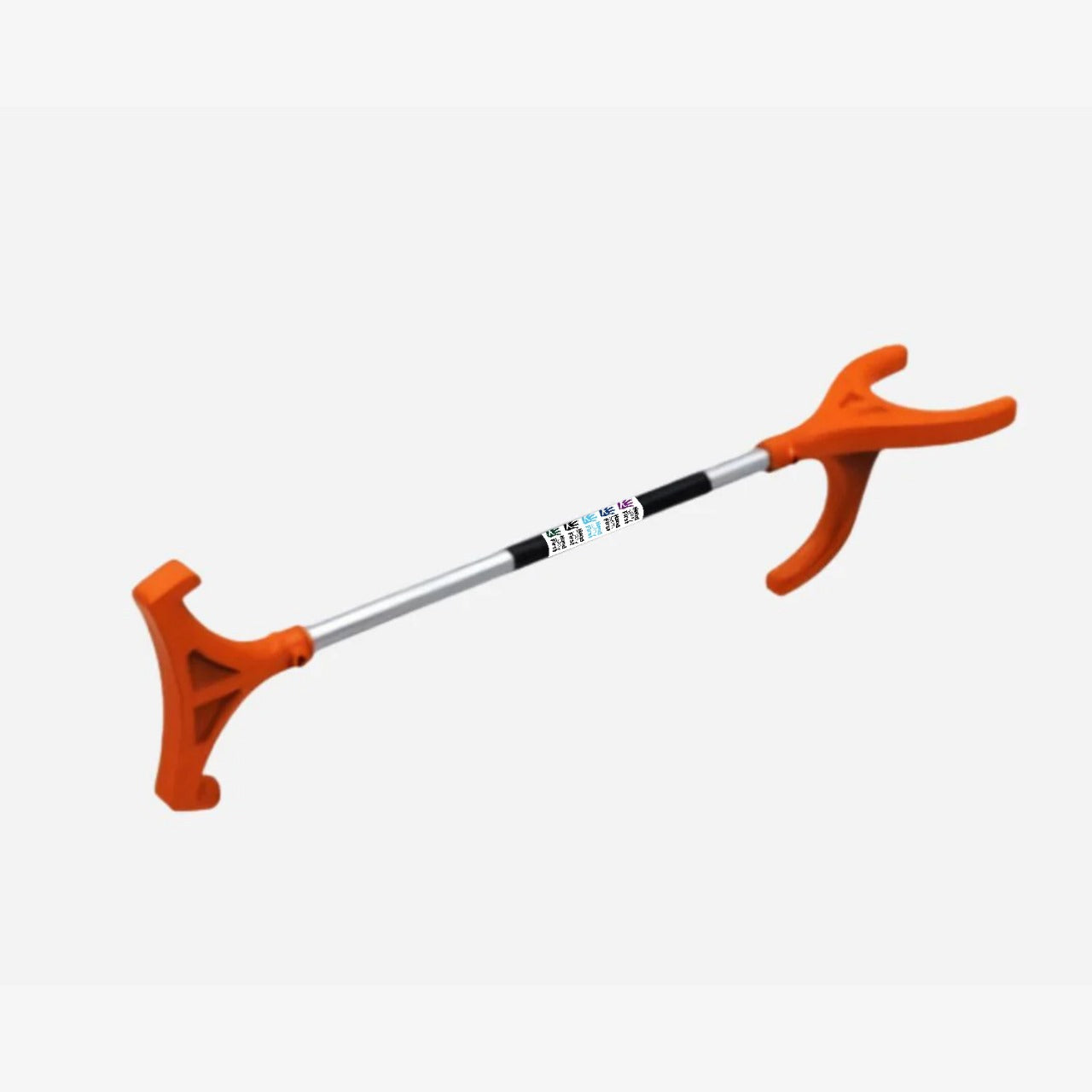
Why Use Push/Pull Tools in Manual Handling?
Manual handling involves lifting, moving, or holding loads, often resulting in strain or injury. Push/pull tools offer a safer alternative to direct contact.
Benefits Include:
Reduced hand and finger injuries
Better load control and positioning
Compliance with OSHA and HSE safety standards
Lower insurance and medical costs

Types of Push/Pull Tools
1 . Standard Push/Pull Tool :
General-purpose tool with rubberized tips
Ideal for pipes, chains, and suspended loads
2 . Magnetic Push/Pull Tool :
Uses a powerful magnet for metal surfaces
Excellent in steelworks and construction sites
3 . Extendable Push/Pull Tool :
Adjustable length
Useful for high-reach or deep spaces
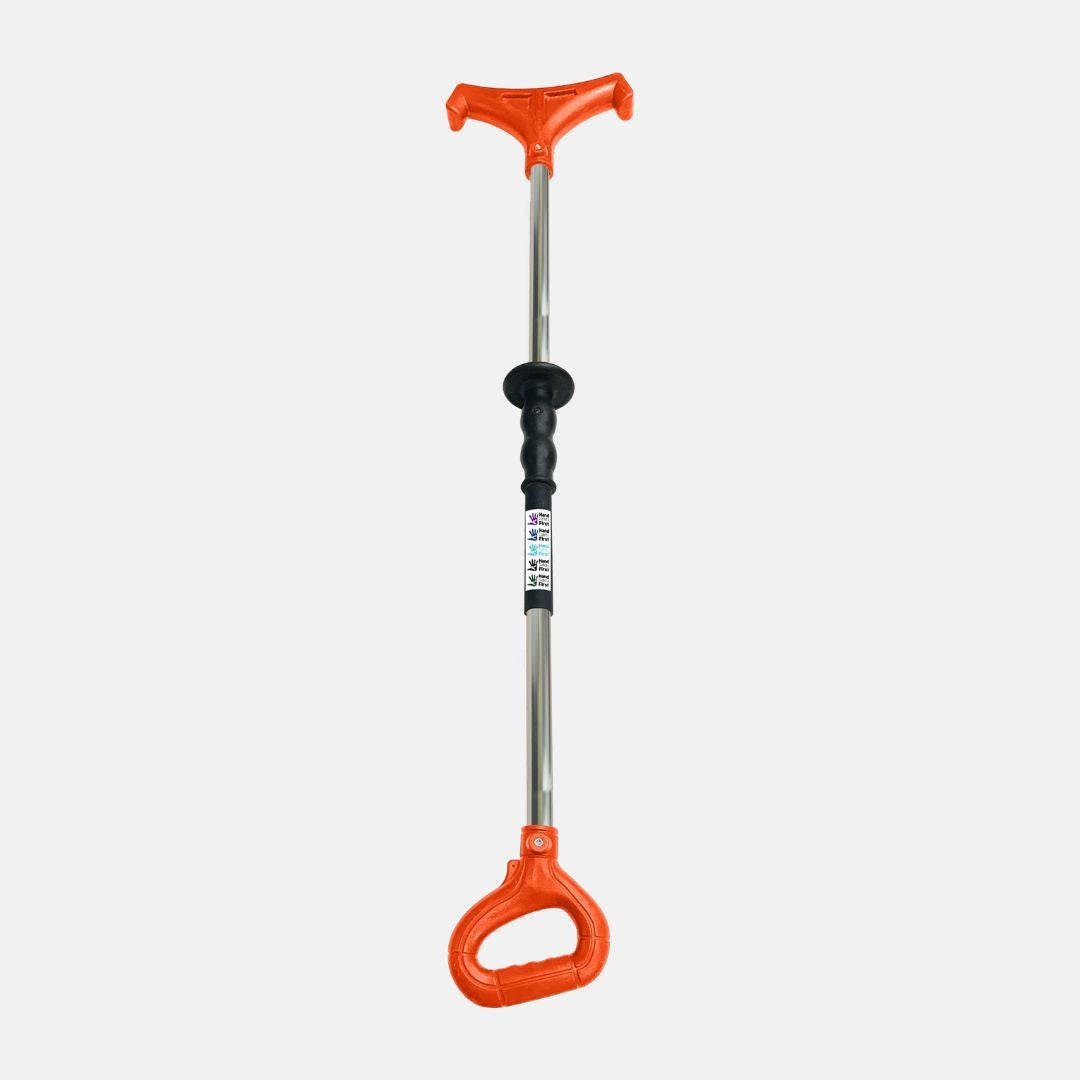
Proper Manual Handling Techniques
When using push/pull tools, follow these ergonomic and safety guidelines:
1. Stand with feet shoulder-width apart
2. Use both hands for better grip
3. Push instead of pull when possible
4. Keep the load at waist height
5. Communicate clearly with spotters or riggers
📌 Pro Tip: Always inspect tools before use and replace worn-out grips or tips.
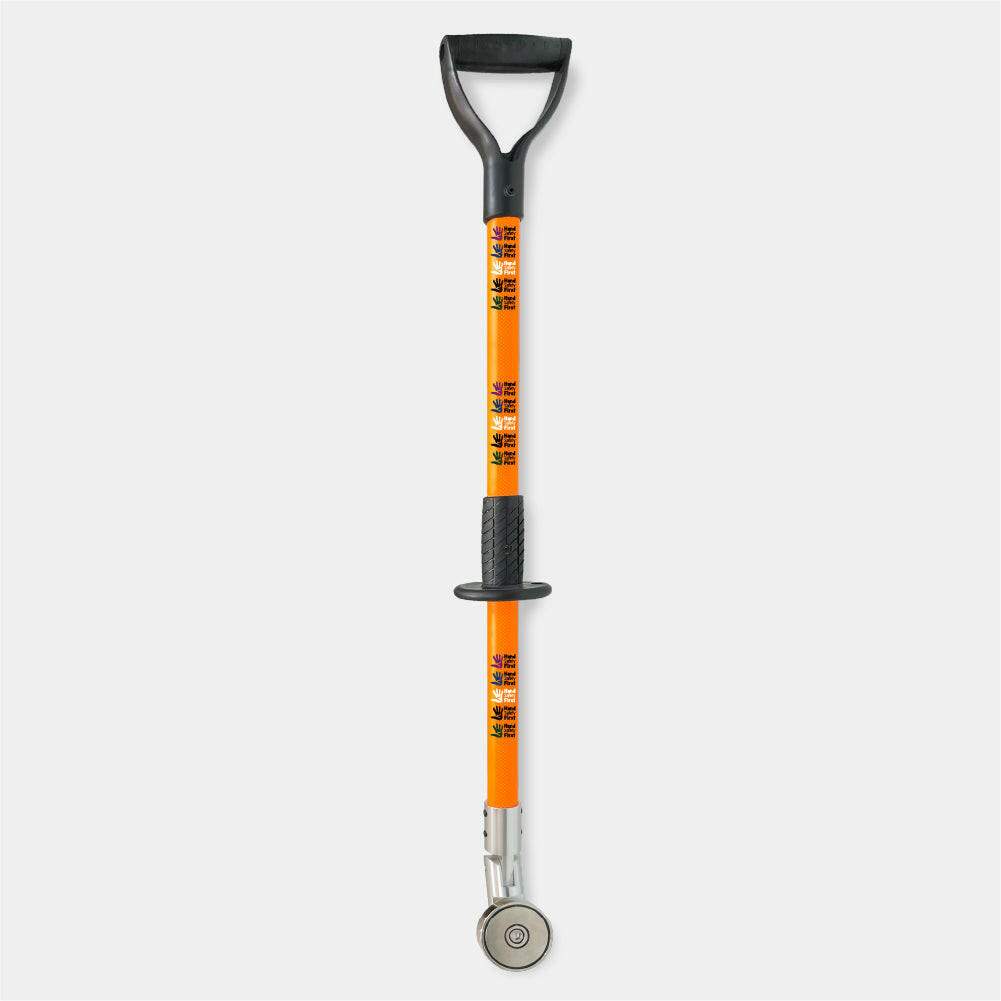
Common Injuries Prevented by Push/Pull Tools
According to OSHA, hand injuries account for 23% of all workplace injuries. Here’s how push/pull tools help:
|
Injury Type |
How Push/Pull Tools Help |
|
Pinch Point Injuries |
Keeps hands away from crushing zones |
|
Muscular Strains |
Minimizes direct lifting or awkward angles |
|
Impact Injuries |
Absorbs shock and redirects force |
|
Cuts and Abrasions |
Prevents contact with sharp, hot, or rough edges |
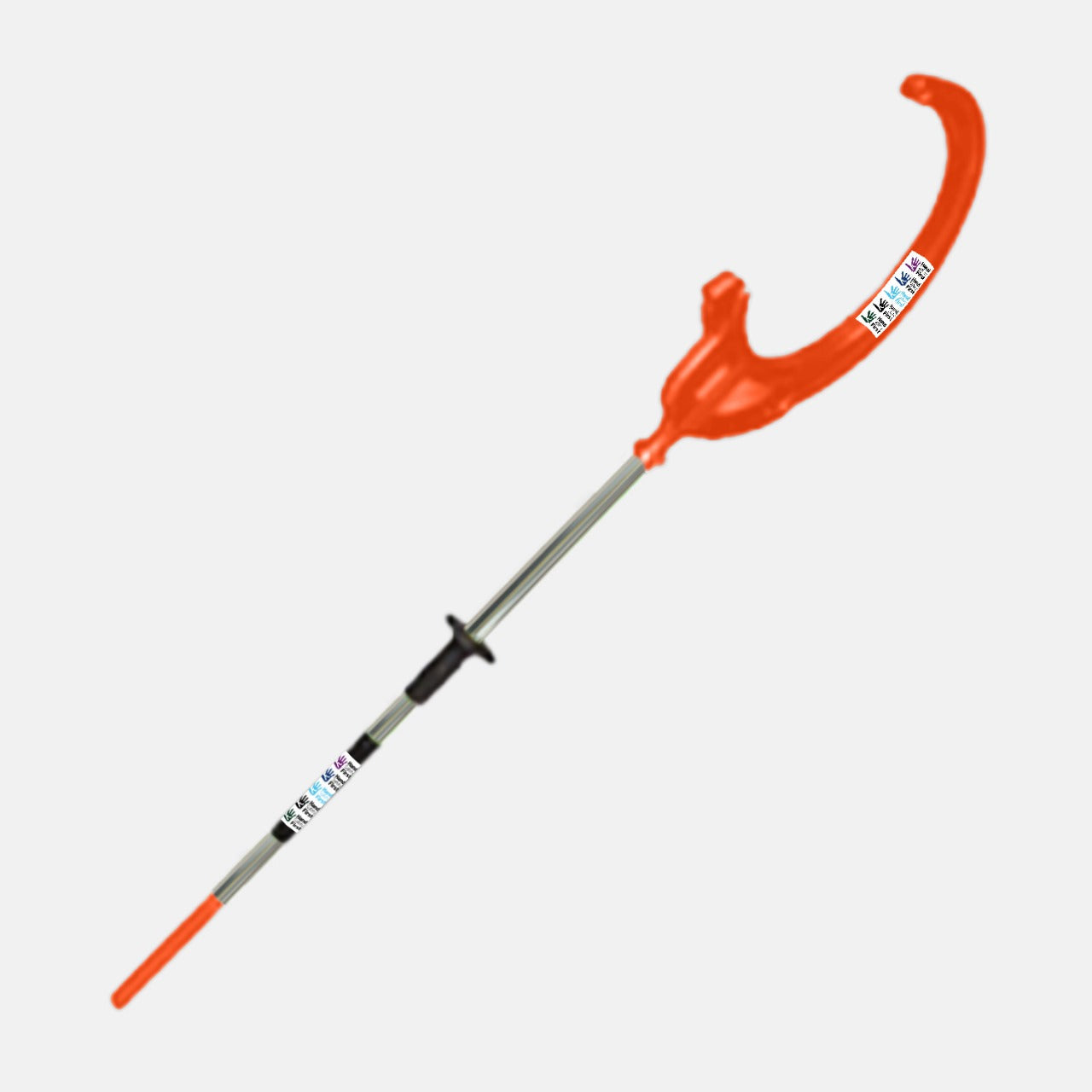
Best Practices for Using Push/Pull Tools
Train employees on proper use and maintenance
Use gloves with grip assistance
Choose the right size and length tool for each task
Store tools in designated, easily accessible areas
Inspect regularly and log maintenance
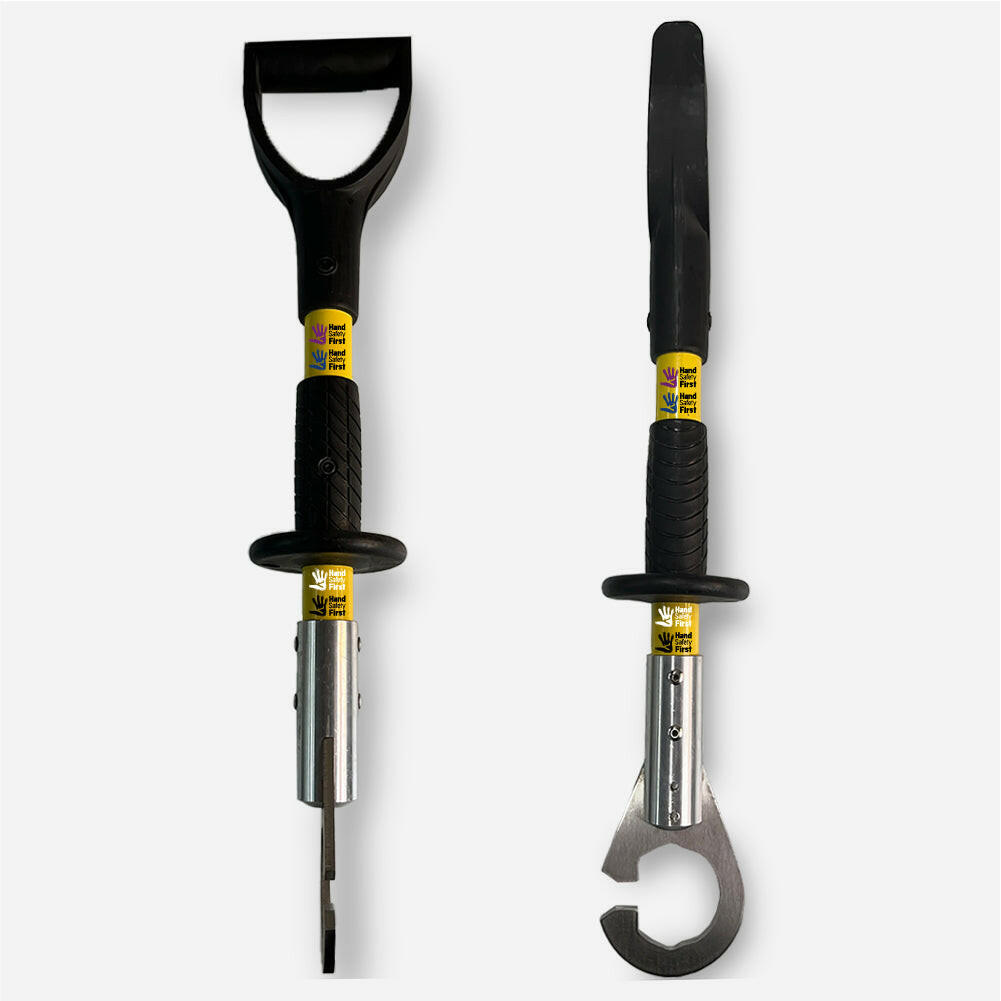
Expert Tips for Site Safety Officers
Conduct monthly hand safety audits
Integrate tool usage into toolbox talks
Combine push/pull tools with other PPE
Highlight success stories during training sessions
Keep visual aids (like posters) in work zones
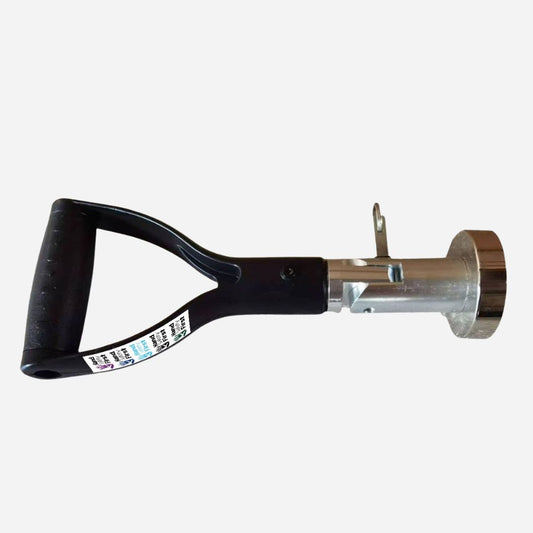
FAQs
Q . What is a push/pull tool used for?
A push/pull tool is used for handling objects like pipes, chains, or suspended loads without direct hand contact, reducing injury risk.
Q . Is manual handling safer with push/pull tools?
Yes, using push/pull tools significantly lowers the risk of hand and musculoskeletal injuries during manual handling tasks.
Q . Are push/pull tools OSHA-approved?
While OSHA doesn’t approve specific tools, push/pull tools align with OSHA’s general safety guidelines for hazard prevention.
Q . Can push/pull tools replace gloves?
No. These tools complement gloves, not replace them. Gloves protect your hands while the tool keeps them away from danger.
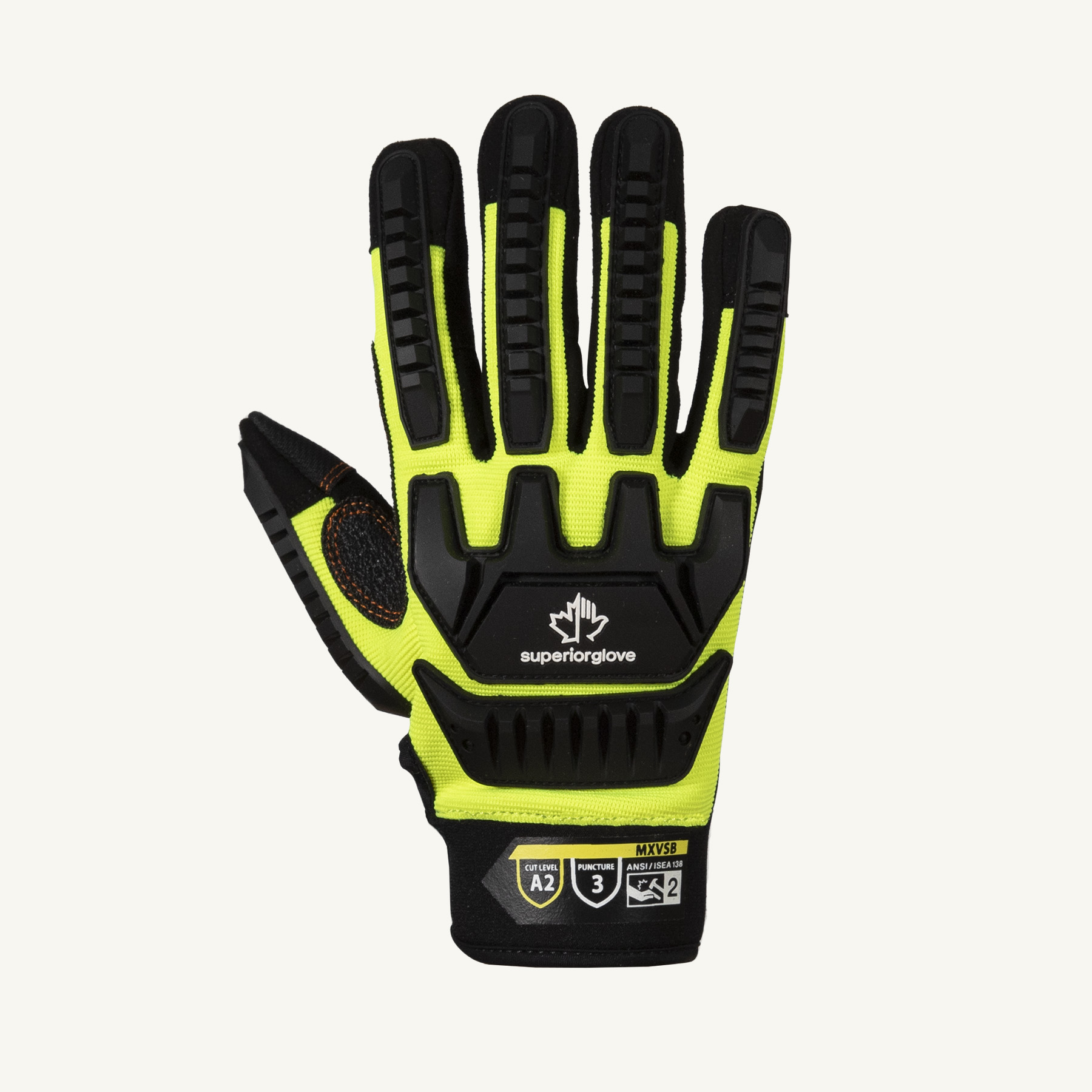
Conclusion
The push/pull tool is a game-changer for manual handling in high-risk industries. It protects workers, prevents injuries, and promotes a culture of safety on-site. By integrating these tools into your safety protocols, you're not just following compliance—you’re leading with responsibility.
Ready to Transform Your Workplace Safety?
Discover how Hand Safety First can help you reduce injuries and improve productivity with advanced hand safety solutions.
Call us at +91 73861 10618
email info@handsafetyfirst.com to get a free safety consultation today!
